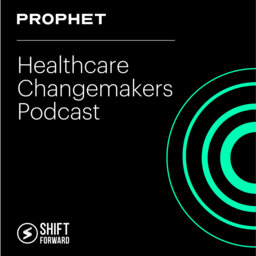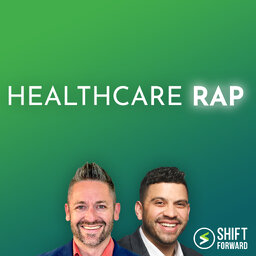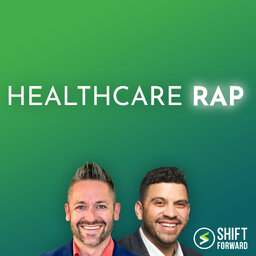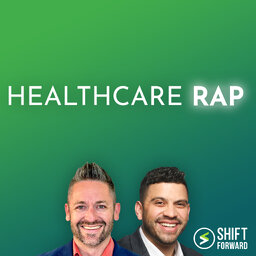David Grandy of Kaiser Permanente
In this episode, we speak with David Grandy, FACHE, CMPE, who leads Kaiser Permanente’s Delivery System Design and Innovation practice. Join David and host Jeff Gourdji as they discuss the benefits – and complexities – of expanding an integrated model of care, growing care outside the four walls of the hospital, and…roller coasters!
 Shift Forward Health
Shift Forward Health



